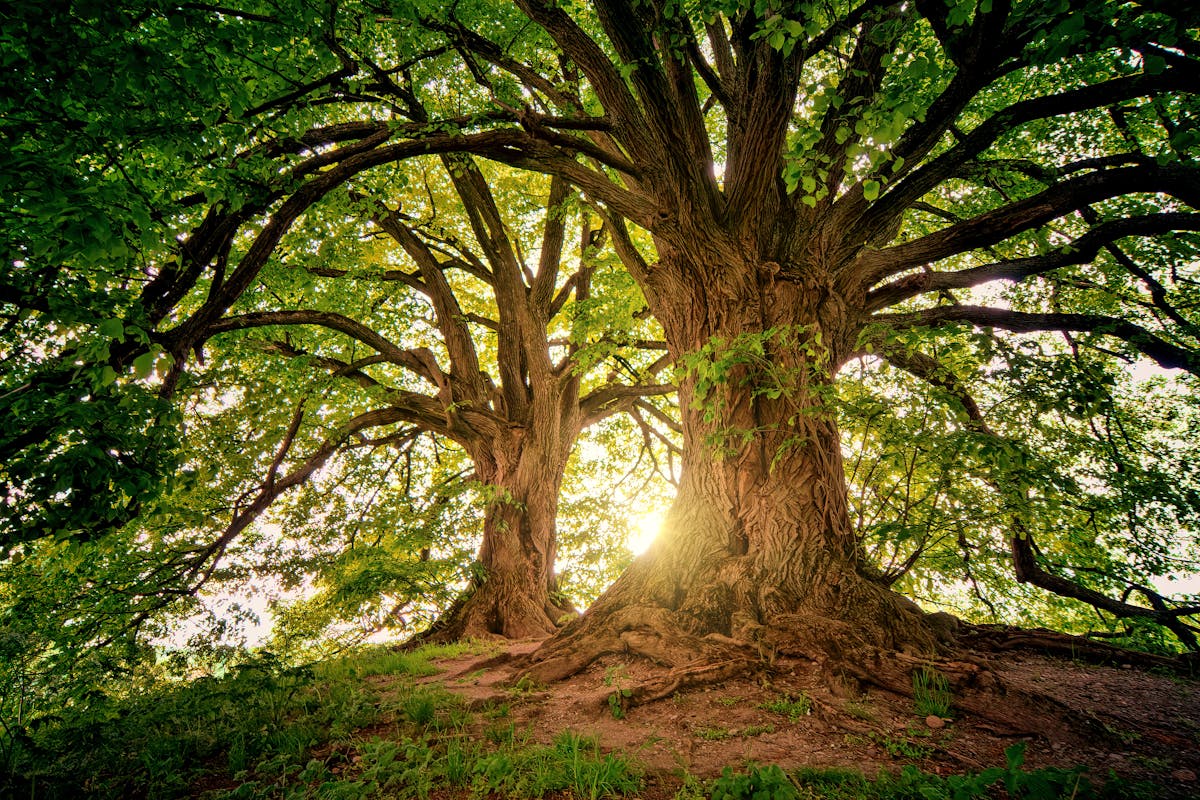
- Identify distressed trees by observing leaf discoloration, bark issues, dead branches, root problems, and instability.
- Prune and trim to remove dead branches, allowing better sunlight penetration and improving tree health.
- Manage soil health through testing, fertilization, aeration, or amendments to enhance nutrient uptake and water absorption.
- Consult a certified arborist for professional opinion and treatment options, including disease management or possible removal.
- Implement preventive measures like regular inspections, proper watering, and mulching to maintain and improve tree health.
Trees are more than just a part of your yard’s aesthetic; they provide shade, improve air quality, and contribute to the overall value of your property. It can be disheartening when one of the trees in your yard shows signs of decline. Whether it’s a once-thriving oak that has lost its luster or a beloved maple that seems to be fading away, taking proactive steps to address a dying tree is essential for maintaining the health of your environment. Here are five tips to guide you through dealing with a dying tree in your yard and turning “save the tree” from a plea into real action.
Identifying Signs of a Dying Tree
Before you can help a tree, you need to know it’s in distress. There are several telltale signs that a tree might be in trouble:
Leaf Discoloration
When a tree starts to lose its leaves, experiences premature leaf drop, or sees a change in the color of its foliage, it could be a sign of disease or stress.
Bark Issues
Cracks, peeling bark, or unusual growths on the trunk of a tree can all indicate stress or infestation. You should also keep an eye out for visible insect damage.
Dead Branches
A significant number of dead or dying branches suggests that the tree’s health is compromised. Many of these branches may have already fallen off and are scattered around the tree’s base.
Root Problems
If you notice mushrooms growing around the base of a tree or see roots exposed or damaged, it could be a sign of root rot or other issues.
Lean or Unstable Tree
A tree that leans more than usual or appears to be unstable could indicate weak roots or structural damage. This can pose a safety hazard and should be addressed immediately.
Recognizing these symptoms is the first step in a tree care regimen that could save a valuable part of your landscape.
Tips for Dealing with a Dying Tre
Pruning and Trimming

Proper pruning and trimming can help remove dead branches, improve the tree’s shape, and enhance sunlight penetration to the tree’s crown. Be sure to take care of sharp tools and follow correct pruning techniques to avoid causing additional harm. If you are unsure how to properly prune or trim a tree, seek the help of a professional.
Soil Management
Healthy soil is the foundation for a healthy tree. Consider testing the soil to understand its condition and take appropriate measures such as fertilization, aeration, or soil amendments to ensure it’s suitable for your tree species. This can help improve nutrient uptake and water absorption, promoting the tree’s overall health.
Disease Treatment
If a disease is identified, prompt and appropriate treatment is vital. This may include removing infected material, applying fungicides, or using other disease management techniques, all of which are best left to a professional if you’re not experienced in tree care.
Professional Consultation
Seeking the advice of a certified arborist is invaluable. They can offer a professional opinion on the tree’s condition and recommend the best action, whether a treatment plan or tree removal. From their expertise, you can learn more about proper tree care and how to help prevent future problems.
Tree Removal as a Last Resort
Unfortunately, there are times when a tree’s health is so compromised that removal is the only option. Consider the safety risk to your property, other trees, and people before taking this step, and always consult with professionals to ensure it’s the necessary and safe measure to take.
Preventive Measures for Tree Health
To prevent the need for emergency intervention in the future, it’s important to take steps to maintain the health of your trees. Here are a few things you can do:
Regular Inspections
Make tree inspections a part of your regular yard maintenance routine, looking for the signs of distress mentioned earlier.
Proper Watering
Trees need the right amount of water, not too much or too little, so monitor soil moisture and adjust your watering schedule accordingly. You should also be mindful of drought conditions and take extra measures to provide enough water for your trees during these times.
Mulching
Applying a layer of mulch around the base of your trees can help retain moisture, regulate soil temperature, and prevent weed growth, all of which contribute to tree health.
By being proactive and identifying potential issues early, you can often avoid the heartache and costs associated with losing a mature tree unnecessarily.
Remember, a little prevention goes a long way when it comes to trees. Implementing a routine of care, observation, and maintenance will benefit the tree in question and contribute to the longevity and beauty of your entire yard. By becoming a steward of the environment in your own outdoor space, you play a part in the greater ecosystem of your community. It’s rewarding to save a tree, but watching it thrive under your care for years to come is even more fulfilling. So take action today and help protect the trees in your yard!
